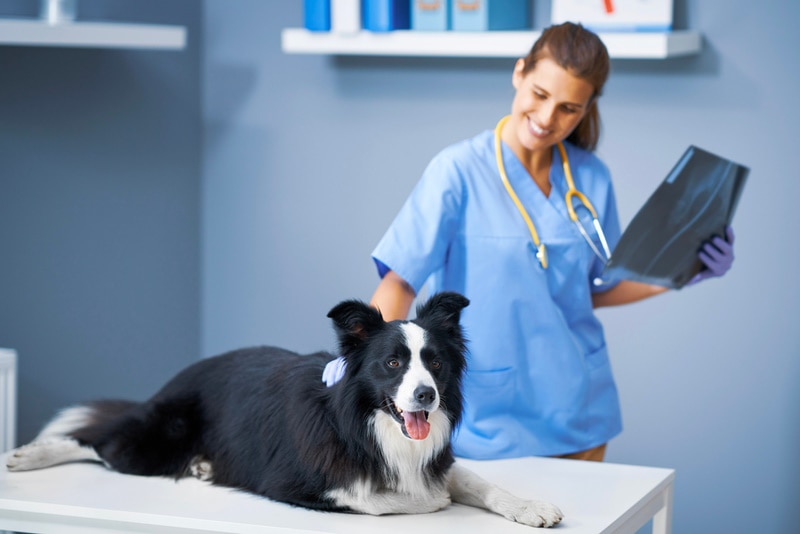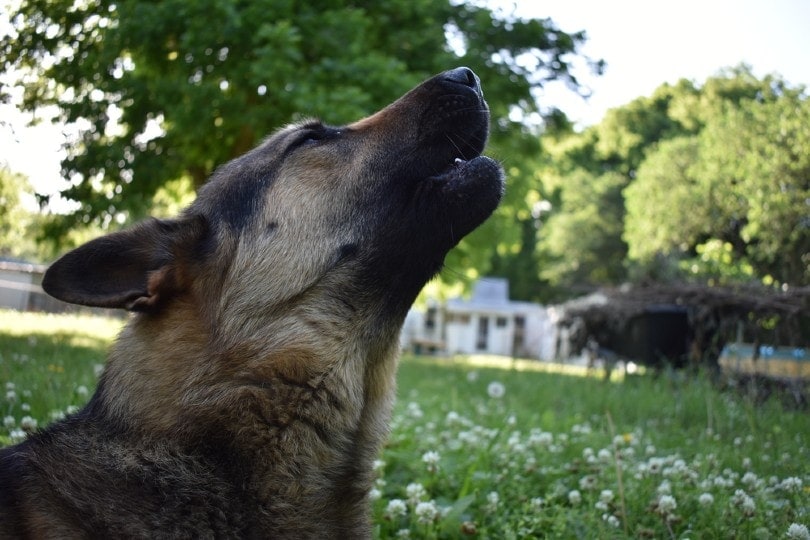How to Train a Pug: 7 Expert Breed Related Tips and FAQs
By Ashley Bates
Updated on
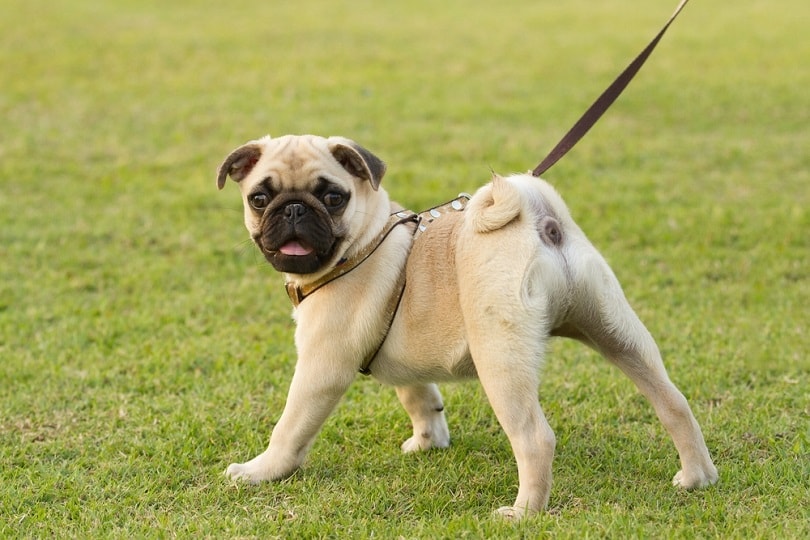
Congratulations on your new Pug puppy! Arguably, few cuter breeds exist on the long list of AKC purebred dogs. In addition to their adorable appearance, they make cheerful, amiable companions for just about any lifestyle or family size.
But part of the reality about having any puppy is they will need proper training. Whether you’re potty, command, or advanced training, there are things to keep in mind. Here are some tips to keep you on the straight and narrow.
The 7 Tips to Train a Pug
1. Understand the Breed
Pugs are definitely notorious for their amiable nature and happy-go-lucky spirit. However, they aren’t often revered for their brains. Even though these dogs can pick up training concepts, it might take them a little longer to catch on than some.
These silly pups are full of love but are not champions at advanced training in most cases. These dogs were designed to be companions, not workers. Also, remember that this breed is brachycephalic, meaning they have smushed in faces with short muzzles and protruding eyes.
With overextended workouts, being brachycephalic can cause breathing issues for your Pug. If you are looking for a more advanced training partner, go with a more athletic breed notorious for being a worker bee.
Unfortunately, that’s just not a Pug’s strong suit. While they can pick up basic commands and potty training without a lot of issues, they aren’t the best candidates for agility and other physical training types.
2. Set Your Expectations
Make sure you know what to expect from your puppy from stage to stage. As we discussed above, Pugs can take a little longer to catch on than some other breeds. Know your puppy and understand what to expect from this breed with the specific task you’re using.
If you are potty training, research the frequency of bathroom needs at different ages. If you are command training, explore a few trainer tips on how to get your Pug’s attention.
You need to know what your dog is capable of and your goal, and make sure you’re holding up your end of the bargain.
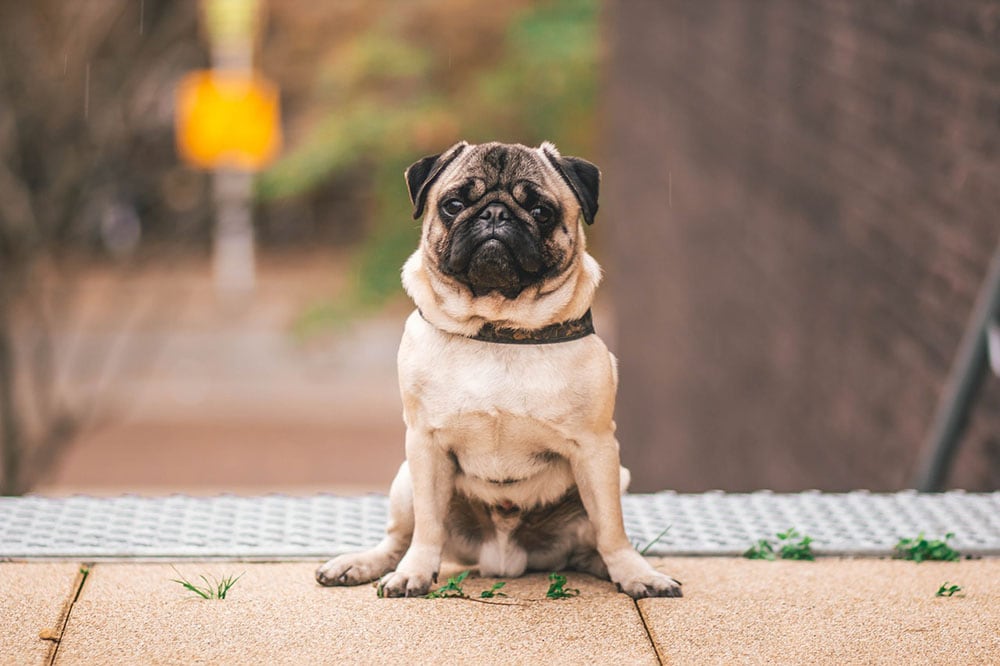
3. Get Your Gear/Supplies
Ensure you have all the necessary supplies to train your puppy right off the rip. Some of these supplies you might already have, such as a collar, harness, and lead. This gear will help you on walks or training in public. Every dog has to learn to walk respectfully on the lead, and restraints are also good for obedience training.
Don’t leave out the goodies! With any type of training, food is always a good reward to motivate them to accomplish the tasks at hand. You can pick up doggy-friendly snacks at the store to make the training experience smoother.
Most Pugs aren’t necessarily picky, so you should be fine finding a snack that works for them. However, feel free to get a little smorgasbord of various treats. You can try small crunchy treats when you need a quick reward. But you can also reward good behavior with a long-lasting option for a job well-done.
Remember, even though treats motivate your Pug to perform, you shouldn’t solely rely on this method. As your puppy advances in training, cutting back on the snacks is best.
Constant rewards can form the concept that a snack is needed every time they perform an action. So, remember that moderation is vital as training progresses.
4. Be Consistent
Make sure that, especially in the beginning, you are incredibly consistent with your dog until they get the ropes. Remember that they’re learning everything for the first time, and this can be very repetitive for you. But your dog needs that repetition to connect the dots.
You must keep up the routine and schedule for a seamless learning process. The more consistent you are, the more they will retain. If you are inconsistent, it might take longer for them to catch on, and it will be more challenging for them to understand their roles.
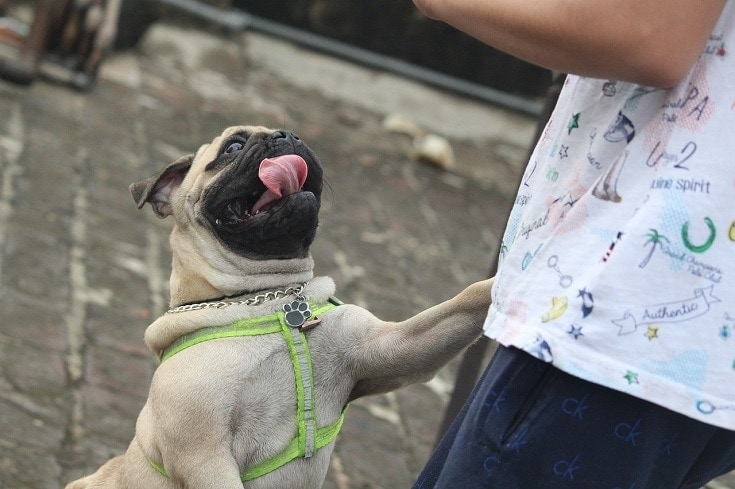
5. Test the Waters
Once you think your puppy is getting the hang of it, try making it a little more challenging. Take them out to the park; get them out of the house. The more distractions you have around your dog, the more they will start listening to commands no matter what’s happening around them.
Granted, this step shouldn’t be something you try with a beginner. You want to establish a distraction-free training zone with your pup initially. You’ll soon recognize that they are picking things up, and you can use your intuition to decipher when to make it more challenging.
6. Use Positive Reinforcement
Remember, Pugs can be very sensitive to tones and body language. If you are frustrated or showing negative feedback for your dog, this can make them fearful or uncertain about the experience.
So even though you might be frustrated with the training process, it’s important to keep a positive tone and body language. This can be very damaging, especially with highly human-dependent dogs like Pugs. Your Pug would much prefer you rave over their good behavior than focus on the bad.
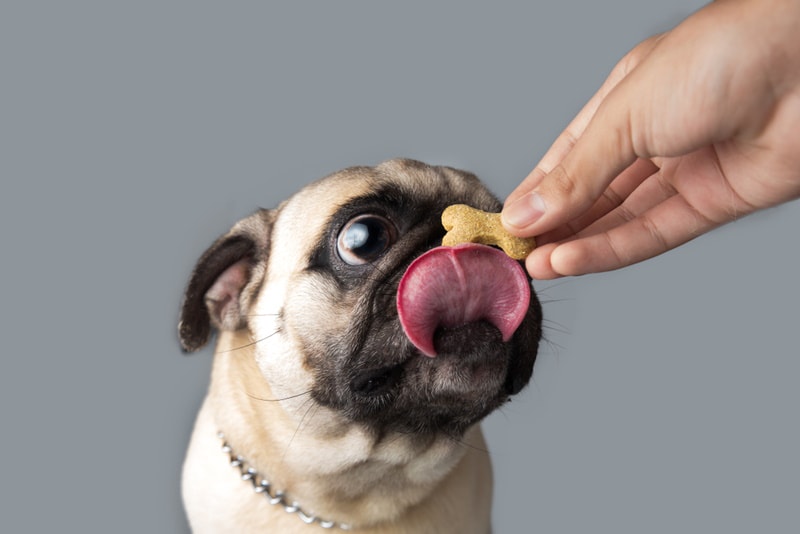
7. Opt for Professional Training
Professional training can come in handy for so many reasons. You have innumerable options, so feel free to look around before you commit. Many dog trainers recommend entering the training with your dog so that you can learn alongside them.
Other trainers offer programs where you will drop your dog off for a designated amount of time for private training. These programs are designed to give your dog an excellent base, but it continues beyond the training facility.
You will continue to work with your dog after they come home on the cues and commands they have learned during their stay.
If you are looking for a more indirect method that you can do at home, you can also try online training. This is more of a self-paced guidance tool to use at your convenience. You can choose one or a combination of methods from professional trainers online using sites like YouTube or paid online training courses.
Regardless of your chosen method, training is just as crucial for the owner as it is for the dog. It lays a basis for the relationship between the two of you. Your dog must learn to respect, obey, and respond to your demands.
Much the same, you need to learn your dog’s limitations, learning styles, and overall mental capacity. As the two of you go through this process together, it will create a strong bonding experience that’s completely irreplaceable.
Final Thoughts
No matter what type of training you’re working on with your Pug, these tips can be useful. Remember that every dog is different, so you will likely have to create a learning style that works best for them.
While most training can be done in the comfort of your own home, you might need to reach out to a professional trainer if you need help to achieve your desired goals. Thankfully, there are tons of both free and paid resources out there.
You can choose the best method for your particular scenario so that you can have a mannerly, seasoned Pug in no time!
Featured Image Credit: Praisaeng, Shutterstock



